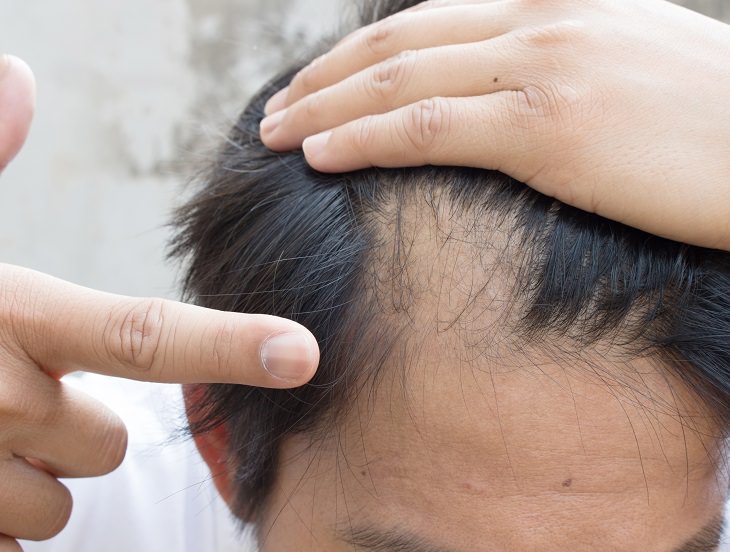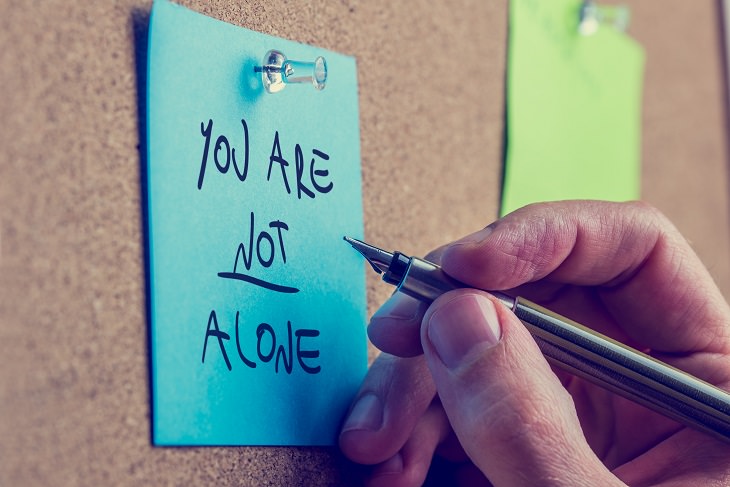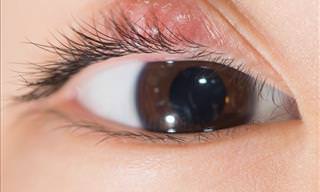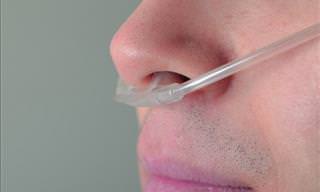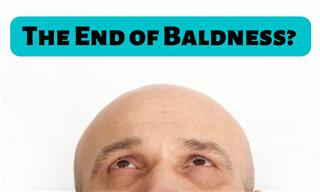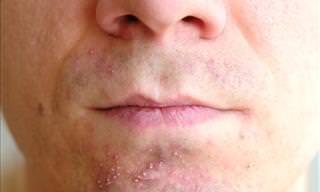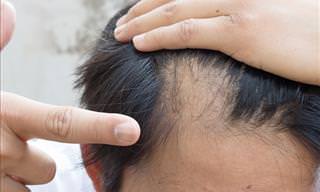It’s the stuff nightmares are made of – you step out of the shower, dry your hair, and are shocked to discover a clump of hair on your towel. You finally pluck up the courage to take a look in the mirror and you see that you now have a glaring bald patch on your scalp. For the majority of us this is just a really bad dream, but for millions of people around the world, this nightmare is a cruel reality. The culprit behind this is the disease, alopecia areata.
What Is Alopecia Areata?
Alopecia Areata is hair loss which occurs as a result of your immune system mistakenly attacking your hair follicles, which is where hair growth begins. Experts still do not know exactly why the immune system decides to attack the follicles, but it is thought that something triggers the immune system to react against the body’s tissues – possible triggers are infections, viruses, medicines and environmental factors.
This disease can occur at any age, but most cases first develop in children and teenagers – at least half of those who suffer from alopecia areata develop their first hair loss before the age of 21. Males and females are equally affected.
What Happens with Alopecia Areata?
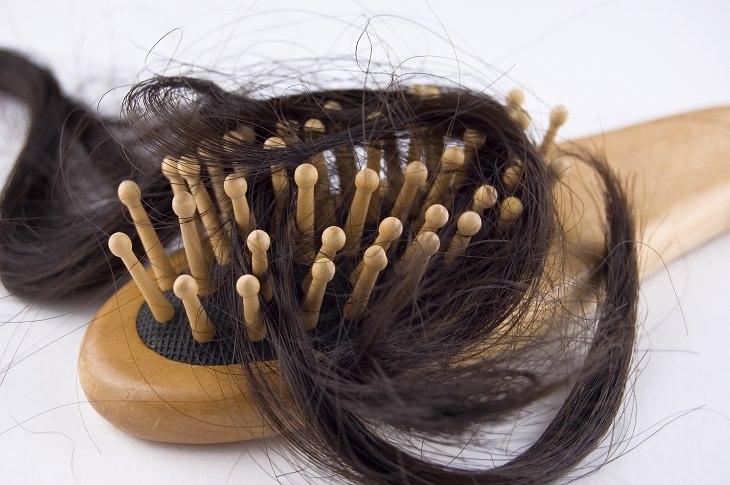
Alopecia areata usually begins when clumps of hair start to fall out, resulting in smooth, round (the size of a large coin) hairless patches on the scalp or other parts of the body. However, in some cases the hair may just become thinner with no obvious bald patches, or it may grow and break, leaving short stubs. In extremely rare cases, the complete loss of all body hair occurs.
As the damage to the follicles is often not permanent, hair loss can come and go. In fact, it is quite common for someone to have it as a child, have it go away, and then have it return 20 years later as an adult.
About 10% of people who suffer from this condition may never regrow their hair. You are more likely to suffer permanent hair loss if you:
• Have a family history of the condition (around 1 in 5 people with this disease have a close relative affected by it).
• Had the condition before puberty or for longer than one year.
• Are prone to allergies.
• Have other autoimmune diseases.
• Suffer from extensive hair loss.
• Have abnormal color, texture, shape, or thickness of fingernails and/or toenails.
How Is Alopecia Areata Diagnosed?

It’s diagnosed through a physical examination and a look at your medical history. Your doctor will generally ask you questions about your hair loss and look at the pattern of your scalp, which they'll then examine. They may also gently tug on a few strands of hair to see if they fall out too easily.
If the doctor cannot put their finger on the exact reason for your hair loss, they may decide to carry out a few tests to check whether a disease is causing your hair to fall out. These tests include:
• Hair analysis. The doctor will pluck some of your hair and examine it under a microscope. A scalp sample may also be taken.
• Blood tests will be done, including testing for specific conditions, such as an underactive or overactive thyroid gland.
How Is it Treated?

Since hair usually grows back within a year, you may simply decide to not treat it and just wait. If you decide against trying to treat your alopecia areata, you may wish to:
• Wear a hairpiece. Hairpieces are made up of human or synthetic hair that is implanted into a nylon netting. Hairpieces can be attached to the scalp using metal clips, glue or tape. However, sewing or braiding longer pieces of hair into existing hair is not recommended as it may cause permanent hair loss.
• Use specific hair care products and styling techniques. Hair care products or perms can make the hair appear thicker. Dyes can also be used to color the scalp, but continual use can result in additional hair loss.
If you wish to treat your alopecia areata, you can try:
• Steroid injections – Injecting steroids into the bald patches suppresses the local immune reaction which occurs in alopecia areata patients. Therefore, this allows the hair follicles to function normally and your hair will eventually re-grow after 1-2 months. This is thought to be the most effective treatment for this condition, but it is not 100% effective.
• Rub-on steroids – Steroid cream may help hair re-growth, but it does not work as well as steroid injections. It is worth trying steroid cream if you have large bald patches which are not suitable for the injections. If re-growth does occur, it usually takes 3-6 months. If no re-growth is present after this period of time, there is no point continuing with this treatment.
• Applying Anthralin – Anthralin, commonly used to treat psoriasis, is an ointment that may help your hair grow again. It looks and feels a bit like tar, and it can irritate and stain your skin. Therefore, you should apply it to your bald patches for only a short period of time before washing it off. It may take up to 2 months for new hair to grow.
If you would like to try a natural home remedy instead, you can:
• Apply lavender – Studies have shown the lavender can slow, or even reverse, hair loss caused by alopecia areata. Since it is a powerful essential oil, it should be diluted with almond or coconut oil before being applied.
• Apply coconut milk – Applying coconut milk with a gram of flour to your scalp will guarantee the relatively quick recovery of your lost hair as the paste stimulates the hair follicle and boosts the health of your scalp.
• Use Chinese Hibiscus – Mix hibiscus petals with some dandelion oil and apply it to your scalp. This flower is known to maintain the health of hair when it has not fallen out, but it also helps to stimulate and rejuvenate hair follicles.
• Apply Aloe Vera – This plant dramatically increases blood circulation to any area of the body it is placed on. Furthermore, it's effective in promoting scalp development and recovery.
How Will Alopecia Areata Affect Your Life?
This disease does not have the same effect as many other diseases: there is no pain, you do not feel sick, and it does not cause any serious health problems. You cannot spread it to others and it should not interfere with your everyday life.
However, if hair loss is making you feel unattractive and down, it's important that you talk to somebody about it.
Sources: webmd, organicfacts and patient.info
Photos from pixabay and depositphotos
 Go to BabaMail
Go to BabaMail


